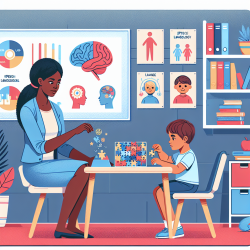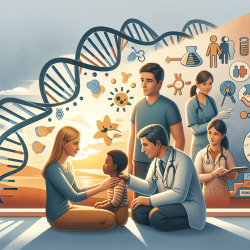Introduction
In the ever-evolving field of speech-language pathology, practitioners are constantly seeking evidence-based strategies to enhance their therapeutic interventions. One compelling area of research is the developmental differentiation and binding of mental processes with general intelligence (g) across the lifespan. This blog post explores how insights from this research can improve outcomes for children in educational settings, particularly through online therapy services like those provided by TinyEYE.
Understanding the Research
The study titled Developmental Differentiation and Binding of Mental Processes with g through the Life-Span by Demetriou et al. (2017) investigates how cognitive abilities differentiate and integrate with general intelligence across different life stages. The research presents a comprehensive analysis of cognitive development from ages 4 to 85, using eight studies to illustrate how mental processes intertwine with g in cycles.
Key Findings and Implications for Practice
The research highlights that cognitive abilities and their integration with g occur in developmental cycles. Each cycle begins with the integration of specific cognitive processes into g, followed by differentiation as these processes mature. For practitioners, this suggests that interventions should be tailored to the developmental stage of the child, focusing on enhancing specific cognitive processes that are most relevant at each stage.
- Early Childhood (2-6 years): Focus on representational knowledge and inductive inference. Encourage activities that promote awareness and logical reasoning.
- Middle Childhood (7-11 years): Emphasize rule-based thought and the integration of new cognitive processes. Support the development of inferential reasoning and awareness of cognitive processes.
- Adolescence (11-20 years): Facilitate the understanding of overarching principles and the integration of complex cognitive processes. Encourage metacognitive awareness and logical reasoning skills.
Encouraging Further Research
Practitioners are encouraged to delve deeper into the implications of this research for their practice. By understanding the nuances of cognitive development and the integration of mental processes with g, therapists can design more effective interventions that are aligned with the developmental needs of children.
Conclusion
By integrating the findings from this research into practice, speech-language pathologists can enhance their therapeutic strategies, ultimately leading to better outcomes for children. As we continue to explore the complexities of cognitive development, ongoing research and data-driven approaches will remain crucial in refining our understanding and improving educational interventions.
To read the original research paper, please follow this link: Developmental Differentiation and Binding of Mental Processes with g through the Life-Span.










